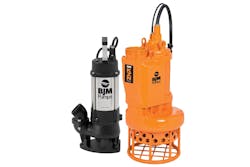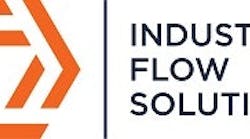Maximize your production and uptime with BJM’s Fahrenheit pumps. These high-temperature, high-endurance submersible pumps are specifically designed and constructed to handle water temperatures up to 200°F (93°C). These pumps are available for solids handling, dewatering and slurry pump applications. Cast iron or stainless steel construction is available.
These pumps are available for applications where liquids are too hot for conventionally built submersible pumps, including:
- Beverage, bottling plants;
- Poultry, meat processing;
- Dairy product processing;
- Boiler blow-down;
- Chemical plants;
- Power generation;
- Oil and gas drilling;
- Mining;
- General manufacturing; and
- Wastewater and dewatering industries
The features of Fahrenheit pumps help users avoid many common issues that result in pump failure; they include insulation to help continue heat transfer to cool the motor, protection to keep seal oil from breaking down, proper cooling of seal components and the prevention of fluid entering the motor chamber.
These durable and reliable pumps are suitable for applications with demanding duty cycles—including 24/7 continuous duty—that cause the pump motor to run hotter.
BJM Pumps’ high-temperature, high-endurance design offers a reliable solution to some of the most common submersible pump issues. Click here to learn more about the Fahrenheit series pumps.


